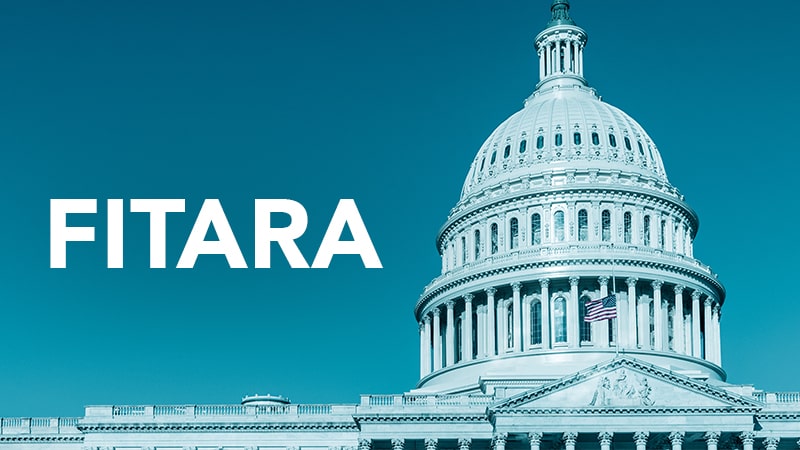
The House Government Operations Subcommittee is leaning toward switching up its FITARA Scorecard grading categories, according to the scorecard data released today.
The best way to make sense of the multicolored scorecard – which grades major Federal agency performance across a variety of IT modernization and related policy categories – is to view the FITARA Dashboard, and watch MeriTalk’s FITARA video.
The subcommittee said its latest scorecard “hints” at two future changes to the grading categories.
MEGABYTE on the Outs
Most likely on the way out is the MEGABYTE grading category, which tracks compliance with the 2016 Making Electronic Government Accountable Office by Yielding Tangible Efficiencies Act. The law required the Office of Management and Budget to issue a directive to every executive agency CIO to establish a comprehensive and regularly updated inventory of software licenses, and to analyze software usage to make cost-effective decisions.
The vast majority of agencies graded by the latest scorecard – 23 out of 24 – earned “A” grades in that category. Only the Office of Personnel Management (OPM) earned an “F” grade, with the subcommittee saying that OPM employed a manual process to manage its software license inventory, and planned to acquire an automate tool for that purpose in Fiscal Year 2020.
Former Federal CIO Tony Scott told MeriTalk today that he would favor keeping the MEGABYTE grading category. “Software licenses are a key component of government IT spend, and having visibility, especially where there is a tendency to overbuy, is important,” he said.
EIS Ready for Prime Time
New to the grading categories for the tenth version of the scorecard issued today is a measurement of agency progress in transitioning away from the General Services Administration’s (GSA) Networx communications service contract, and toward the Enterprise Infrastructure Solutions (EIS) contract that replaces it. Networx will fully expire in 2023.
While the new EIS category is featured on the latest scorecard, grading data from that category was not figured into agencies’ final FITARA grades. The “preview” data that was included reflects how much agencies have moved off of expiring contracts, with an additional weighting for complexity. On a percentage basis, the highest scores were earned by the Nuclear Regulatory Commission (NRC) and the National Science Foundation, while OPM and NASA showed the lowest percentages.
“Previous delays during the transition to Networx resulted in hundreds of millions of dollars in missed savings,” the subcommittee said. The panel cited a Government Accountability (GAO) report saying that 19 selected agencies plan to fully transition to EIS before current contracts expire in 2023. However, 11 agencies did not plan to fully transition by a September 2022 milestone date set by GSA, and the majority of selected agencies also did not meet GSA’s milestones for completing critical contracting actions in 2019.
The subcommittee also cited GAO in saying that five agencies – NASA, Veterans Affairs, and the departments of Commerce, State, and Health and Human Services – had “partially implemented established planning practices that can help agencies successfully transition their telecommunications services to new contracts.”
